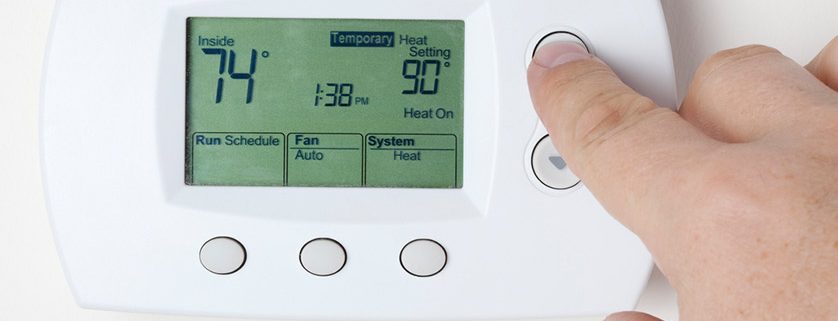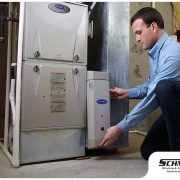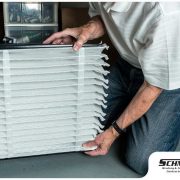What’s the Difference Between Auxiliary and Emergency Heat?
Understanding how your HVAC system operates is vital to keeping your home safe and comfortable. During the colder months, your heat pump might need either auxiliary heat or emergency heat to keep your living space warm. While you need to switch on emergency heat manually, auxiliary heat automatically runs to help the system heat your space when temperatures drop.

Read on to learn more about the difference between auxiliary and emergency heat.
What Is Auxiliary Heat?
A heat pump can only warm up your living space if the temperature outside is 45 degrees or higher. When the temperatures go lower than this number, the outside coil will freeze, triggering your equipment to go into defrost mode.
The outdoor unit will signal the air handler to run the auxiliary heater while it’s in defrost mode. Auxiliary or “Aux” heat is a secondary source of warmth that automatically kicks in to support your primary heating system. This feature is especially beneficial in places where temperatures can dip unexpectedly.
What Is Emergency Heat?
On the other hand, you must manually activate emergency heat. It serves as a backup when your primary heating system fails or struggles to produce any heat. It’s called into action during extreme conditions or when your heat pump malfunctions.
Using emergency heat causes your system to bypass the heat pump entirely and rely solely on the secondary heating source, resulting in increased energy consumption and higher utility bills. Moreover, when you schedule an HVAC maintenance service, your technician might intentionally set your unit in defrost mode. It will allow them to check if the emergency heating feature is working.
Are you experiencing issues with your HVAC system? At Schmitt Heating & Air Conditioning, we offer reliable and efficient heating and cooling services. Call us at (415) 689-7849 or complete our online form to schedule an appointment.















Leave a Reply
Want to join the discussion?Feel free to contribute!